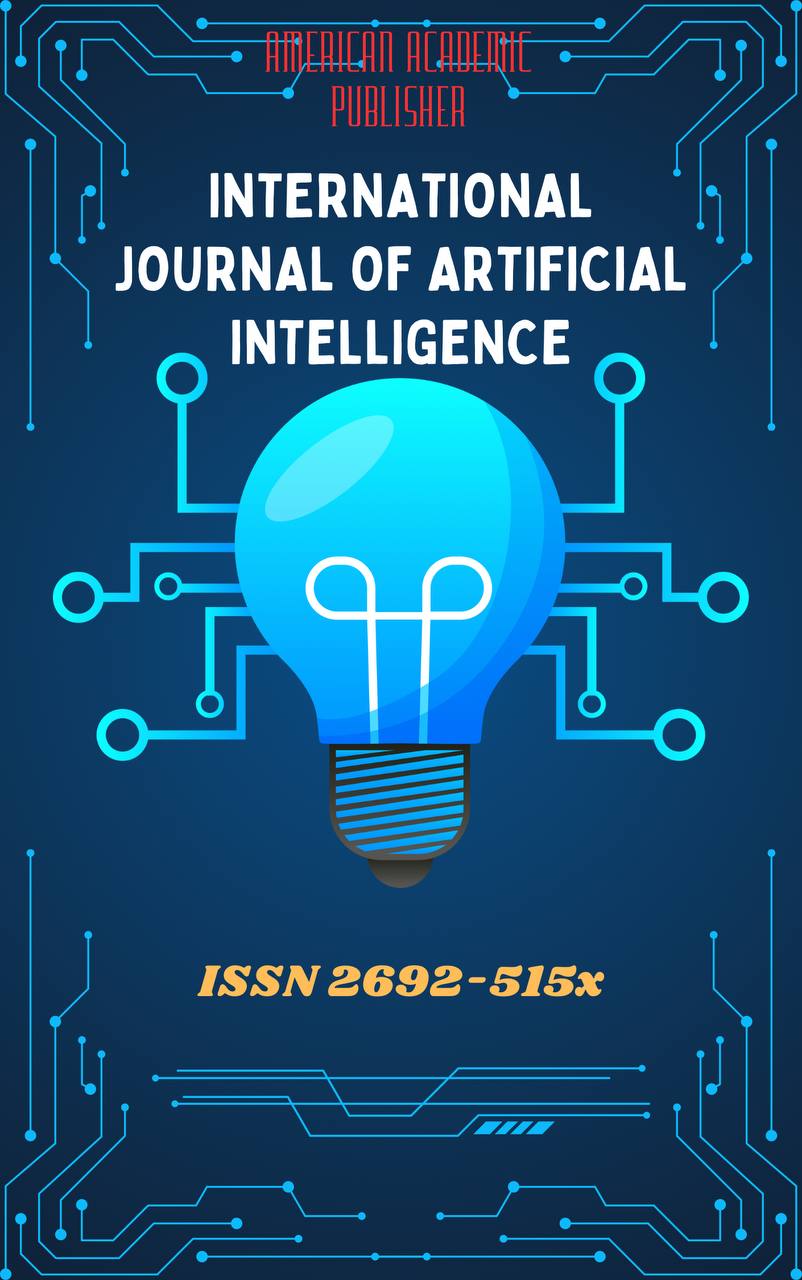 Articles
| Open Access |
Articles
| Open Access | IMAGE OF WOMEN IN ARAB AUDIOVISUAL CULTURE
Gaipova Shahnoza Mahmudovna , Lecturer of the Department of Foreign Languages, Journalism and Mass Communications University of UzbekistanAbstract
The article analyzes the formation and development of the image of women in Arab audiovisual culture. It examines how the image of women is represented through cinema, television and social networks. It also analyzes how cultural, social and religious factors in Arab society influence these images. The dynamics of changes in the image of women in the modern Arab media environment, the reflection of women's rights and feminist views are also studied. The article aims to study the traditional and modern trends in the image of women in audiovisual art in the Arab world.
Keywords
Arab audiovisual culture, female image, film art, television, social networks, gender issues, cultural influence, feminism, women's rights, media analysis.
References
El Ghandour, S. (2017). The Image of Women in Arab Cinema: An Evolutionary Perspective. Journal of Middle Eastern Cinema, 5(2), 101-120.
Khalil, M. (2016). Women and the Media: The Impact of Media Representation on Arab Women’s Roles in Society. Middle East Studies Journal, 14(3), 213-230.
Hassan, R. (2018). Modernity and Tradition in Arab Cinema: Depictions of Women in Egyptian and Lebanese Films. Arab Media & Society, 15(4), 45-63.
Abdallah, M. (2019). The Role of Arab Women in Social Media: Reaching Beyond Traditional Boundaries. International Journal of Communication Studies, 23(1), 90-105.
Gaipova, Shahnoza Mahmudovna (2024). OTMLARDA ARAB TILINI O‘QITISH: AHAMIYATI, USULLARI VA MUAMMOLARI. Oriental renaissance: Innovative, educational, natural and social sciences, 4 (24), 65-68.
Gaipova, S. (2024). OTMLARDA ARAB TILINI O'QITISH: AHAMIYATI, USULLARI VA MUAMMOLARI. Oriental renaissance: innovative, educational, natural and social sciences, 4(24), 65–68. https://doi.org/10.5281/zenodo.14185243
Gaipova Shahnoza Mahmudovna. (2024). Zakaria Tamer ’s "Randa" and the amount of symbols in it. Miasto Przyszłości, 44, 111–114. Retrieved from https://miastoprzyszlosci.com.pl/index.php/mp/article/view/2380
Qosimova, S. S. (2022). Analysis Of Inflectional Terms In The Study Of Hamiduddin Dariri. Journal of Positive School Psychology, 6(3), 2200-2203.
Sayfullaevna, K. S. (2019). Arabic Linguistic in Transoxiana (XI-XIII Centuries). International Journal of Innovative Technologies in Social Science, (1 (13)), 3-6.
Khamidov, X. K., Bultakov, I. Y., Raxmanberdiyeva, K. S., Kasimova, S. S., & Sodiqova, S. B. (2024). Linguistic Expertise of Educational Literature: Analysis and Results. Journal Power System Technology, 48(4), 4017-4027.
Sattarovna, M. G. (2023). ON THE ISSUE OF DEFINING NEWS TEXT. In Konferensiyalar| Conferences (Vol. 1, No. 1, pp. 158-163).
Бултаков, И. (1970). Движение «новая поэзия» в литературе Египта и творчество Амаля Дункуля. Каталог авторефератов, 1(1), 1–28. извлечено от https://inlibrary.uz/index.php/autoabstract/article/view/36921
Article Statistics
Downloads
Copyright License

This work is licensed under a Creative Commons Attribution 4.0 International License.

